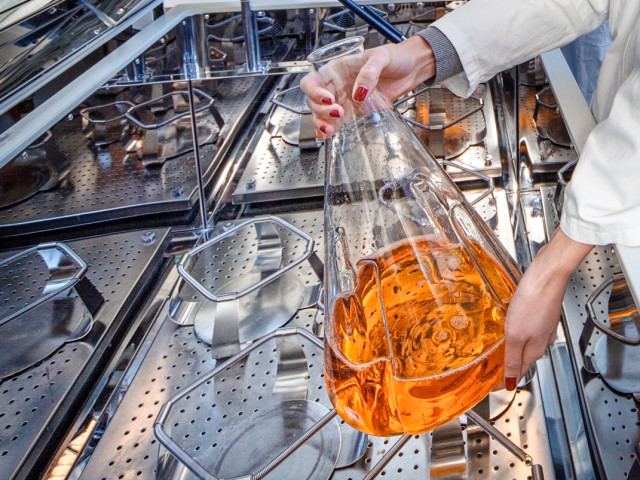The biogeochemical cycle; circulation of elements through the biotic and abiotic parts of the ecosystem.
Description of the geosphere; soil types, soil profiles, mineraology, weathering , sorption.
The hydrological cycle; advection, diffusion, dispersion, anaerob/aerob conditions, redox, speciation, gases in water, organic material in water, metals in water/complexation, colloids.
Atmospheric chemistry; chemistry in the stratosphere and the troposphere.
The future environment: ecological sustainability, urban environment, the engineers role
Chemical aspects on environmental protection with limit values.
Acidification and eutrophication.
Organical contaminants.
Metals in the urban environment.
After the course the students should be able to:
Explain the transport and accumulation of chemicals and elements by quantifying reactions, speciation and mobiliy in the geosphere, hydrosphere and atmosphere in the biogeochemical cycle.
Differentiate the dominating chemical mechanisms and processes in the atmosphere.
Explain the chemistry of acidification and eutrophication in natural waters.
Summarize the behavior of organic contaminants in our environment.
Identify our metal sources in the urban environment and describe the chemical reactions of the metals from release to accumulation in the environment.
Discuss technique development in terms of environmental sustainability.
Construct conceptual models of transport and accumulation of chemicals and elements in the biogeochemical cycle.
